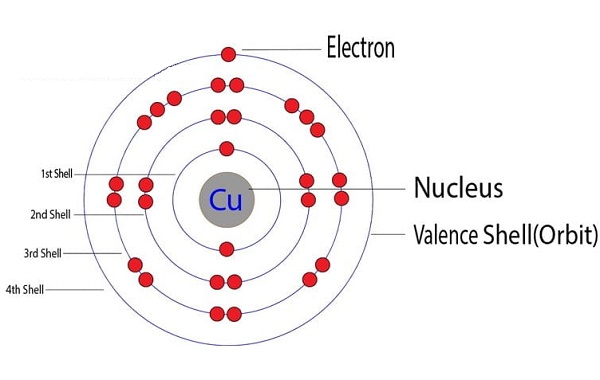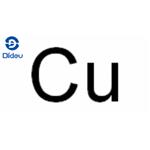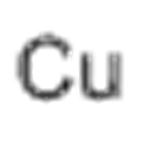The electron configuration of Copper
Feb 28,2024
Copper is the 29th element in the periodic table, and its symbol is Cu. It is a reddish, extremely ductile metal of Group 11 (Ib) of the periodic table, an excellent conductor of electricity and heat. Copper is found in the free metallic state in nature. This native Copper was first used (c. 8000 BCE) as a substitute for stone by Neolithic (New Stone Age) humans. Metallurgy dawned in Mesopotamia as Copper was cast to shape in molds (c. 4000 BCE), was reduced to metal from ores with fire and charcoal, and was intentionally alloyed with tin as bronze (c. 3500 BCE). The Roman supply of Copper came almost entirely from Cyprus. It was known as aes Cyprium, “metal of Cyprus,” shortened to cyprium and later corrupted to cuprum.
The total number of electrons in Copper is twenty-nine. These electrons are arranged according to specific rules in different orbitals. The arrangement of electrons in Copper in specific rules in different orbits and orbitals is called the electron configuration of Copper. The electron configuration of Copper is [Ar] 3d10 4s1 if the electron arrangement is through orbitals. Electron configuration can be done in two ways.
Electron configuration through orbit (Bohr principle)
Electron configuration through orbital (Aufbau principle)
Electron configuration through orbitals follows different principles. For example, the Aufbau principle, Hund’s principle, and Pauli’s exclusion principle. The expected electron configuration for Copper will be 1s22s22p63s23p63d94s2(when writing the electron configuration for an atom like Cu, the 3d is usually written before the 4s.)
However, half-filled and fully-filled subshells have extra stability. Therefore, one of the 4s2 electrons jumps to the 3d9. This gives us the (correct) configuration of 1s22s22p63s23p63d104s1.

For the Cu+ ion, we remove one electron from 4s1, leaving us withm 1s22s22p63s23p63d10.
For the Cu2+ ion, we remove a total of two electrons (one from the 4s1 and one from the 3d10), leaving us with: 1s22s22p63s23p63d9.
- Related articles
- Related Qustion
- How was Copper Discovered? What are its Main Uses? May 28, 2024
Copper can be found naturally as native metallic copper and was known to some of the oldest civilizations on record.
- What is the Ionic Charge of Copper? Feb 7, 2024
In its ionic state, copper (Cu) can have either a +1 or a +2 charge. Copper is a transition metal, which means it can exhibit variable valency and form ions with partially filled d orbitals.
- Environmental Fate of Copper Jan 12, 2022
Copper has long been used by humans for a variety of reasons. The name copper derives from the Latin for the metal, cuprum, which is named for the Roman source, the island of Cyprus. Copper has been used in a variety of alloys; of particula
Supplementation with pyridoxal 5'-phosphate monohydrate can synthesize neurotransmitters such as dopamine and serotonin, maintaining a healthy nervous system.....
Nov 4,2025Biochemical Engineering








